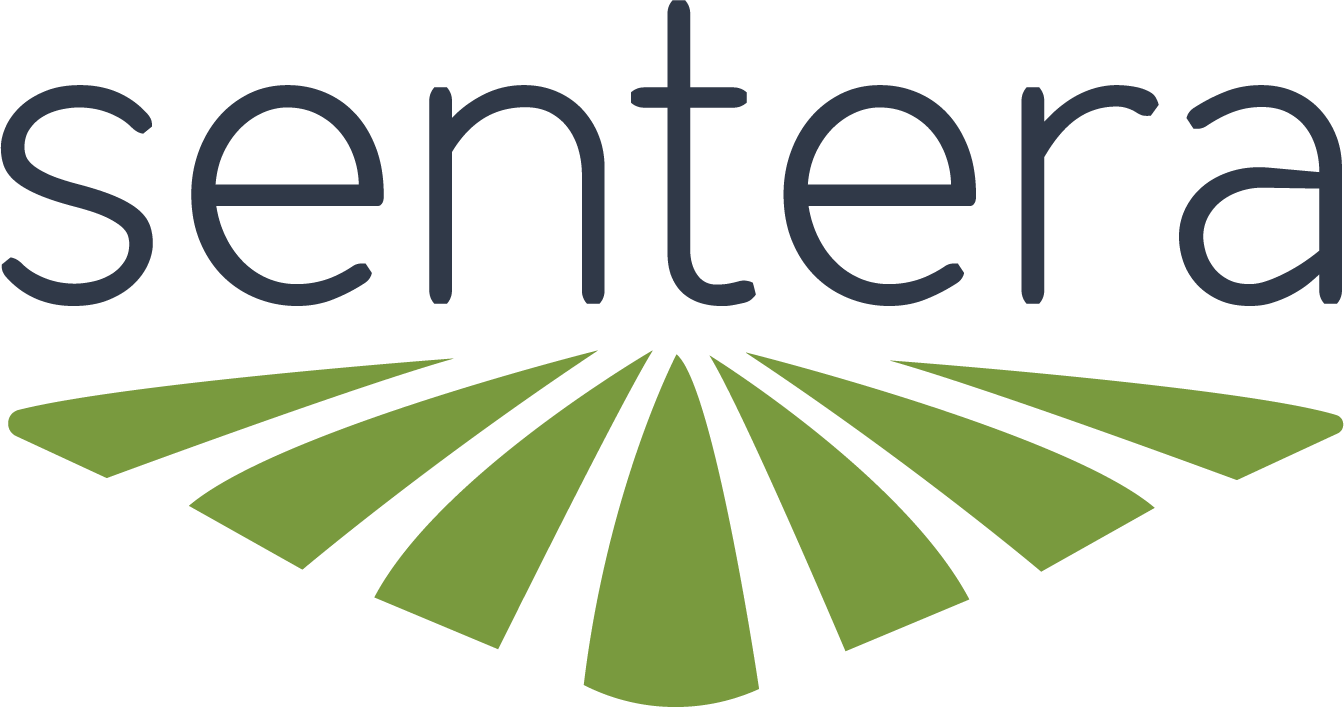Data collection has been transformed with the introduction of aerial imagery in terms of efficiency, accuracy, and precision. Each technological advancement is meant to optimize the data being captured to power agronomic decisions and assist in validating outcomes. And ag drone sensors have played a vital role in obtaining exactly what you are looking for; sometimes, even more than what you can see with your eyes.
Aerial imagery provides immense value, but what if you need the data that dives deeper into imagery? Where was the image taken? How was it taken? Is the image quality ideal? What about its resolution?
These questions can all be answered with metadata tagging. To completely understand the image being captured, it is crucial to look closely at the accompanying metadata to help interpret the results.
Breaking Down Metadata Tagging
So, what are metadata tags? To put it simply, it is the nitty gritty data behind images – or “the data about data.” It helps to further specify and organize digital data, providing deeper insight for data analysis.
Metadata tagging in images allows camera manufacturers to embed information about the time, location, and parameters used to capture the image within each image file. This creates a strong association between the image pixel data and the metadata that describes it. The encapsulated image header serves as a convenient storage container for this information.
Image files contain much more than just pixels! It’s the associated temporal and spatial metadata that allows companies, like Sentera, to provide focused agricultural insights. When it comes to aerial imagery, the information beyond what you can immediately see provides immense value in gaining deeper understanding of what events occurred and why.
How Metadata Tagging Works
A common issue with less integrated system solutions is that they may store metadata in separate files and even sometimes on a different storage device. This adds a sense of complexity to data management as multiple data recordings somehow need to be downloaded and synchronized before any analysis can occur.
In contrast, all Sentera FieldCapture sensor products support real-time metadata tagging of images. The ability to real-time tag eliminates the need for any post processing steps for synchronizing sensor data. This reduces data handling errors and ensures timely, accurate results at the field edge. Boosting efficiency allows you to spend time where it really matters, analyzing data and powering critical agronomic decisions.
Sentera follows industry standard methods for tagging images, better known as Exif (Exchangeable image file format) and XMP (Extensible Metadata Platform). Compliance with these standards ensures that the metadata is accessible using most image processing software tools. For example, Agisoft Metashape, Pix4Dfields, QGIS, and Sentera FieldAgent are all compatible with the metadata format used by Sentera’s imaging systems. This gives customers the flexibility to choose a set of data analysis tools that works best for their needs.
Because the data format is non-proprietary, it is also easy to share with others who may choose to process the data using a different set of tools. And collaboration within ag research and development is critical in optimizing productivity and efficiency of workflows so this easy shareability assists in accessibility and collaboration.
Common Uses of Metadata Tagging
Now that we have broken down what metadata tagging is, when and how is it used? Metadata tags provide specifications on many different aspects of the data that was captured, enabling advanced image analytics processing. When it comes to the technical side of determining specifics about the camera, metadata tags provide immense value. For instance, image meta data tags assist in determining camera model, lens, and filter parameters to recommend compatible analytics processing capabilities and they can even recommend available updates to your camera.
Metadata tagging allows you to get first-hand information on nearly every aspect of how and where an image was taken. You can view the camera location (latitude, longitude, and altitude) and estimated location accuracy when the image was captured.
To further provide accurate data, they allow you to view the camera orientation at the time of image capture to project a scene onto a mapping surface. The camera’s exposure time and gain are also recorded for each image to calibrate sensor response, as this is critical for using sensor data to generate detailed measurements for crop health and performance. Metadata tagging is one parameter that feeds computer-vision deep learning and artificial intelligence models that are designed to translate aerial imagery into analytics.
And when it comes to the image itself, metadata tags assist in:
- Determining image dimensions (megapixels) and the level of precision (bits per pixel)
- Diagnose image quality concerns: i.e., long exposure resulting in motion blur or high gain resulting in sensor noise
An image’s depth goes beyond just pixels and what meets the eye, metadata tags highlight deeper insights into data capture from start to finish.

